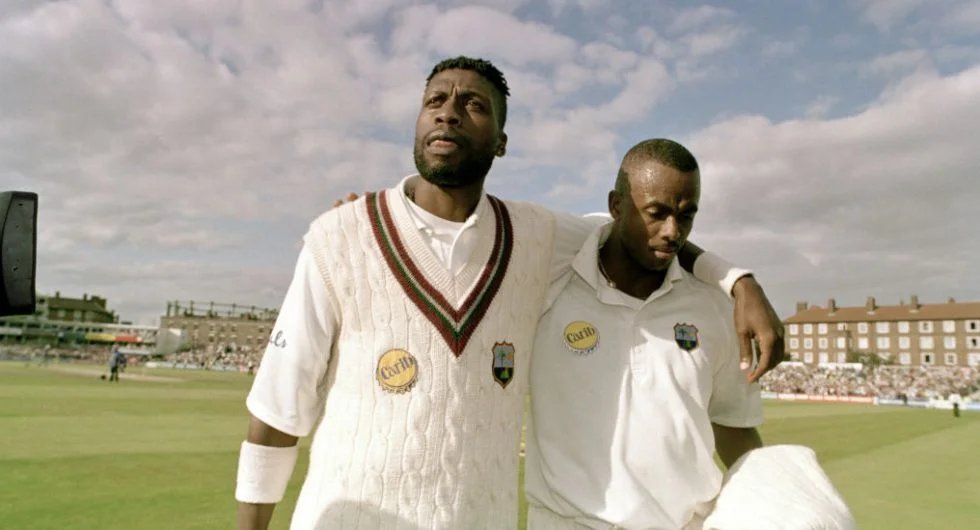
I often think of cricket, both old and new.
Sometime in the mid-2010s, I tried to remember the 1990s.
And then I realised which cricketer represented One-Day cricket in the 1990s more than anyone else.
+
Sometime in the mid-2010s, I tried to remember the 1990s.
And then I realised which cricketer represented One-Day cricket in the 1990s more than anyone else.
+
Ideally, as an Indian, it should have been this man.
They switched off television sets when he got out.
He became the first Indian whom we *saw* take down overseas attacks. Live.
He seemed to break and set records every day.
+
They switched off television sets when he got out.
He became the first Indian whom we *saw* take down overseas attacks. Live.
He seemed to break and set records every day.
+

Or one of these two men, who defied conventional "technique".
An artist-turned-general, the enigma of Indian cricket.
And his, and India's, greatest weapon.
+
An artist-turned-general, the enigma of Indian cricket.
And his, and India's, greatest weapon.
+

It could have been this man.
No other person has kept me hooked to cricket videos for so long.
Perhaps it is my wrist-spin bias. Perhaps it is because there has never been another like him.
The man who breathed art into the precise science of wrist-spin.
+
No other person has kept me hooked to cricket videos for so long.
Perhaps it is my wrist-spin bias. Perhaps it is because there has never been another like him.
The man who breathed art into the precise science of wrist-spin.
+

Or maybe one of these men.
Fire-breathing giants operating alone or in pairs. It did not matter.
There were more of their ilk, of course.
+


Fire-breathing giants operating alone or in pairs. It did not matter.
There were more of their ilk, of course.
+



Or maybe this man.
After all, how many others have brought the two camps – worshippers of beauty and numbers – together the way he has?
+
After all, how many others have brought the two camps – worshippers of beauty and numbers – together the way he has?
+

Or perhaps him.
After all, converted a generation of maidan cricketers emerge from reluctance and throw themselves on rough "outfields" and invite Mercurochrome.
+
After all, converted a generation of maidan cricketers emerge from reluctance and throw themselves on rough "outfields" and invite Mercurochrome.
+

But none of them is my default 1990s ODI memory.
It is about a man whose feats I do not need YouTube to relive.
The dark blue helmet used to gleam in the floodlights.
When the bowler erred by bowling a fraction wide, the familiar eyes would light up in delight.
+
It is about a man whose feats I do not need YouTube to relive.
The dark blue helmet used to gleam in the floodlights.
When the bowler erred by bowling a fraction wide, the familiar eyes would light up in delight.
+
The powerful forearms would spring into action.
The anticipating willow would descend in a murderous arc, sending the ball flying over point or through the open acres on the leg side.
Or anywhere else. It did not matter. Why would it?
The crowd would shriek in ecstasy.
+
The anticipating willow would descend in a murderous arc, sending the ball flying over point or through the open acres on the leg side.
Or anywhere else. It did not matter. Why would it?
The crowd would shriek in ecstasy.
+
And Tony Greig, amidst all excitement, would then utmost care to pronounce every syllable properly:
Sa. Nath. Ja. Ya. Su. Ri. Ya.
You will find giants but not another like him. Never.
Happy birthday.
How I wish you did not do all that against India.
Sa. Nath. Ja. Ya. Su. Ri. Ya.
You will find giants but not another like him. Never.
Happy birthday.
How I wish you did not do all that against India.

• • •
Missing some Tweet in this thread? You can try to
force a refresh








